volunteer
Typhoon Hagibis brought Team Canada’s World Cup campaign to an early finish, but the kindhearted athletes still had one more thing to do in Japan.
The shortage of capable volunteers is causing the government to turn to universities for resources. But does it really help?
You don’t get many chances to be a part of sports history, and judging by the standards for volunteers set by the The Tokyo Organising Committee of the Olympic and Paralympic Games, this isn’t one either.
”Hearts without morals shall be punished!” declares group, which is recruiting new members.
Remember when everyone’s minds were blown by images of Japanese fans tidying up their section after the World Cup? Well what might seem amazing to some is totally atarimae (obvious and expected) to the typical Japanese mindset. As your mother may have told you as a kid; you make the mess, you tidy it up! And the day after the massive Halloween party at the famous Shibuya crossing last weekend, volunteers were out in droves this year again with plastic bags and gloves to make the streets all sparkly again.
But just how many of them actually even contributed to the mess to begin with? According to reports on Twitter, not too many—and boy, are they angry…
Although we explored public restrooms the world over in a previous article, we left out the fact that many refugees, natural disaster survivors, and other displaced people have no access to the modern plumbing many of us take for granted. For those living in areas where public toilets are unavailable, a trip to the bathroom is at best a chore, and at worst a major sanitary concern.
Luckily technological advances are being made in order to help remedy these problems, and so far 2015 has been a promising year in that regard. UK researchers and volunteers were able to successfully create an urine-powered outhouse, while over in Japan a high school girls’ volunteer club recently came up with a new economic and hygienic portable toilet option.
To someone raised in an area that receives little to no snow in the wintertime, living in a snowy region might seem like a lot of fun, what with all the sledding, snowball fights, and easy access to ski resorts. But it’s not all fun and games when you need to shovel through feet of snow just to leave your house or to get your car out of your driveway.
But maybe to someone who hasn’t grown up having to shovel heaps of snow each winter, snow-shoveling could be a fun experience too. At least, that’s what the Akiota-cho Sightseeing Association in Hiroshima Prefecture, Japan, seems to be hoping as they try to lure city-dwellers to their 4th annual “Heavy Snow Region Experience Tour“. However, this tour has some net-users questioning why anyone would want to pay 5,000 yen (approximately US$50) to shovel snow for someone else.
This year, Tokyo’s Shibuya neighborhood made a major push to establish itself as the place to celebrate Halloween in Japan’s capital. Things got off to a pretty low-key but still impressively creative start with a costume contest on one of the local train lines, but that was nothing compared to how jumping Shibuya was on the night of October 31.
Unfortunately, when you funnel that many people into one place, some of them are going to exhibit some pretty poor manners, as evidenced by the mounds of litter some revelers left behind. In response, volunteers sprang into action cleaning up the trash, but instead of a pat on the back for their hard work, some Twitter users decided to take them to task for what they felt was a shameless play for attention.
More than three years on from the Great Tohoku Earthquake and Tsunami, there are still roughly 260,000 people living in temporary housing facilities. Since Tohoku gets mighty cold in the winter, sending these evacuees some lovely hand-made afghans is a woolly hug that lets them know they are not forgotten.
But that didn’t go far enough for Yokohama-based knitting teacher Bernd Kestler, who wanted to send them the biggest blanket the world has ever seen!
When we were young, most of our parents or teachers probably taught us not to judge a book by its cover. Well, here’s the continuation that we didn’t see coming. Don’t judge a cat by its back.
The HOTAC (Heart of Taiwan Animal Care) recently chanced upon a really unique cat that made their staff burst out in laughter. Are you curious to find out why? Photos of the funny feline after the jump!
Although it has been more than two and a half years since the devastating earthquake and tsunami struck northeastern Japan, much of the area is still in need of disaster aid for the recovery efforts. But before you look around your house for items to donate, take a look at what volunteer groups, local governments and aid recipients themselves would rather you keep at home. And you might be very surprised to what else Twitter users have deemed the most “unnecessary things at a disaster zone.”
Have you seen the movie Pay It Forward? The one where 11-year-old Trevor has an idea to change the world for the better by, rather than repaying a favour like a debt to the person who did you that favour (pay back), the idea is that you “pay it forward” by doing something for someone else just for the sake of it. In the movie, the result of paying it forward was a miraculous chain of giving.
As great as it seemed in the movie, in practical terms it’s difficult to pay it forward and know that the kindness is passed on. But a small restaurant in Tokyo has embraced the idea and allows customers to literally pay their kindness forward to the next guest. Our Japanese reporter headed over to Karma Kitchen to gave it a try!
Like with many natural disasters, governments and large corporations throw money and supplies in relief efforts. Although the aid is greatly appreciated and needed by the victims, there is always this lingering cynicism that these donations were done out of self-serving motives. Especially when said company releases an ad tooting their own horn about the contributions they made.
However, a largely unsung gesture by FujiFilm has recently celebrated its milestone of restoring over 1,000,000 photos recovered from earthquake devastated areas. The cynic in you may ask what the big deal is about cleaning some photos when these people need food and shelter.
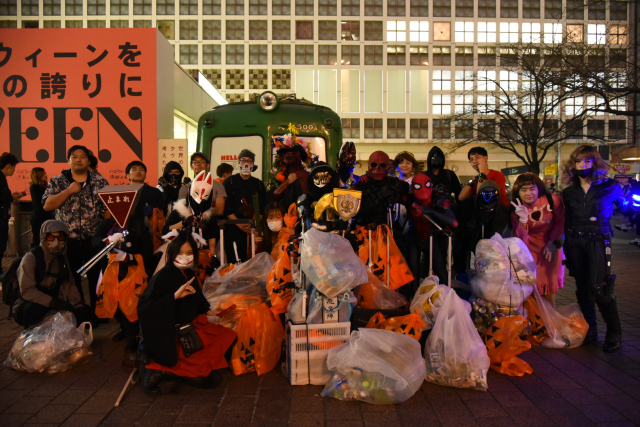




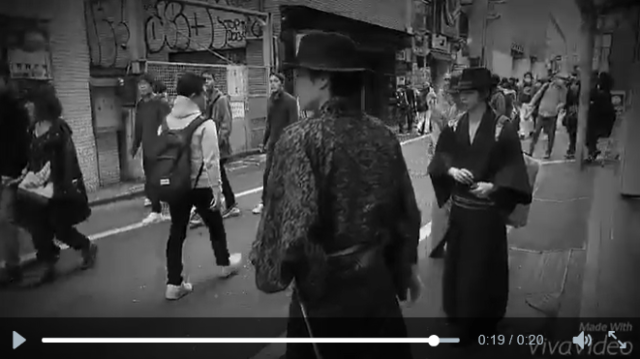
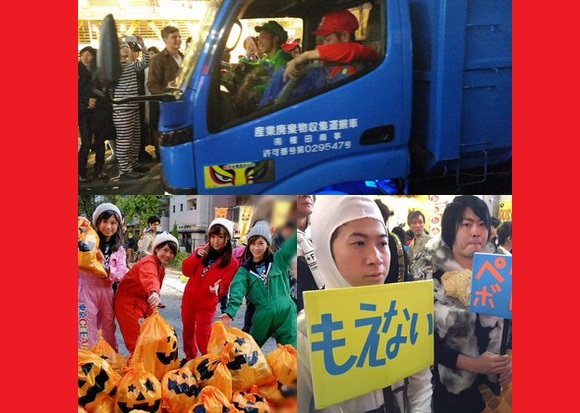
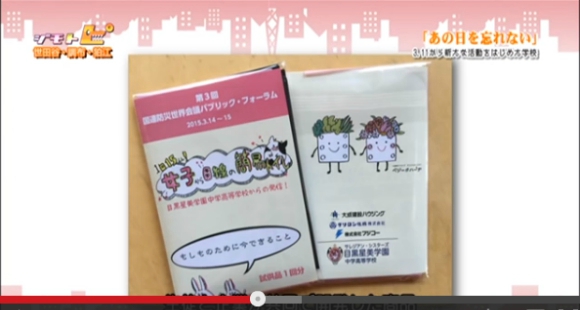

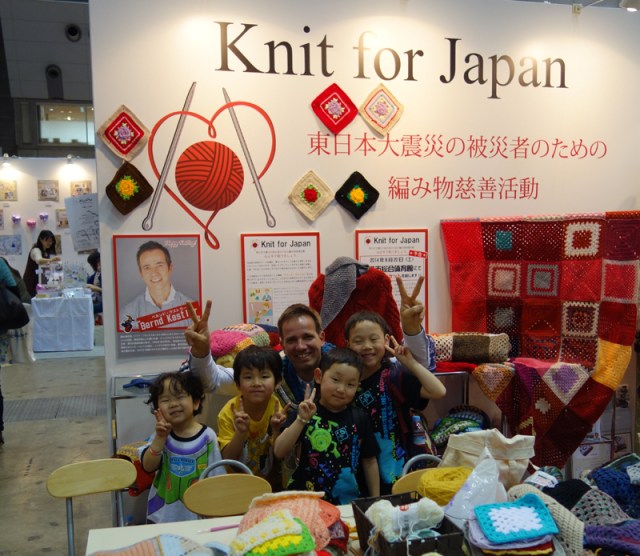
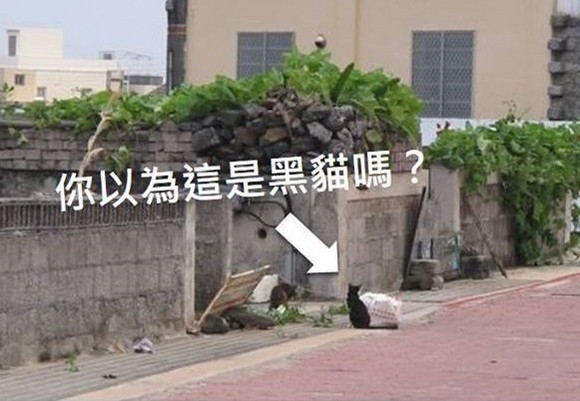
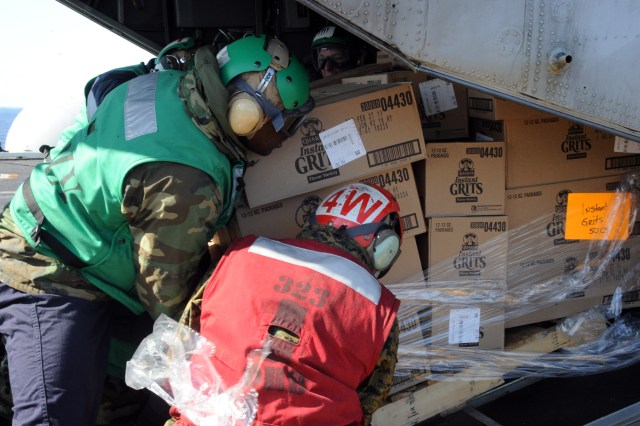
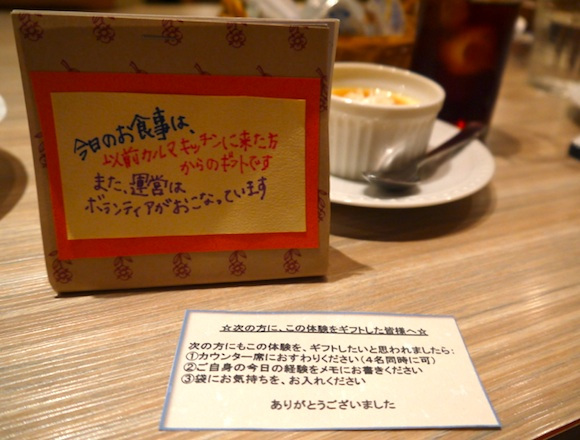
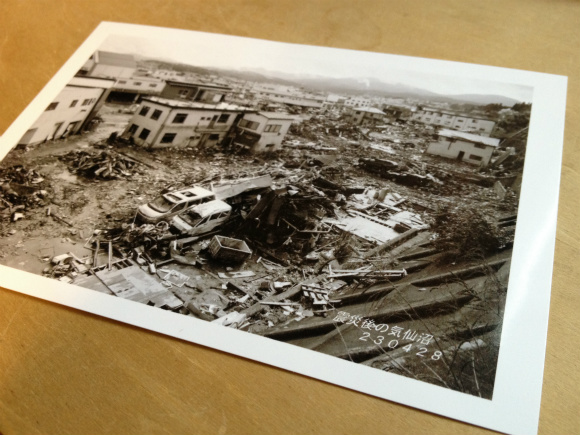
 One of Japan’s rarest sweets is a sell-out hit that looks and tastes like frost
One of Japan’s rarest sweets is a sell-out hit that looks and tastes like frost Japanese company develops classy heavy metal band frames for glasses
Japanese company develops classy heavy metal band frames for glasses Studio Ghibli showcases traditional craftsmanship with new wallet range
Studio Ghibli showcases traditional craftsmanship with new wallet range Mysterious light-up rainy night-sound Totoro figure doesn’t actually show a scene from the anime
Mysterious light-up rainy night-sound Totoro figure doesn’t actually show a scene from the anime “Not paying any dating expenses at all” listed as domestic violence by Japanese government agency
“Not paying any dating expenses at all” listed as domestic violence by Japanese government agency Spirited Away and Princess Mononoke plushies show a softer side of formidable Ghibli characters
Spirited Away and Princess Mononoke plushies show a softer side of formidable Ghibli characters Studio Ghibli serves up new anime food at Ghibli Park
Studio Ghibli serves up new anime food at Ghibli Park Miniature keychain versions of Japan’s Death Spray are coming to capsule toy machines soon
Miniature keychain versions of Japan’s Death Spray are coming to capsule toy machines soon Japanese Penis Festival shrine distances itself from penis mascot
Japanese Penis Festival shrine distances itself from penis mascot Shimonoseki’s Koreantown isn’t like Tokyo’s or Osaka’s, but it has a retro atmosphere all its own
Shimonoseki’s Koreantown isn’t like Tokyo’s or Osaka’s, but it has a retro atmosphere all its own Starbucks Japan is calling it quits with paper straws
Starbucks Japan is calling it quits with paper straws Studio Ghibli tea blends contain ingredients inspired by My Neighbour Totoro
Studio Ghibli tea blends contain ingredients inspired by My Neighbour Totoro Studio Ghibli coasters keep your drinks hot and your heart warm this winter
Studio Ghibli coasters keep your drinks hot and your heart warm this winter Japan’s top 10 food travel destination prefectures【Survey】
Japan’s top 10 food travel destination prefectures【Survey】 Japan’s Kanji of the Year announced, shows the bright and dark spots of 2024【Video】
Japan’s Kanji of the Year announced, shows the bright and dark spots of 2024【Video】 Japan’s tap-to-pay Suica train card system aims to go tapless with walk-through gates, location data scans
Japan’s tap-to-pay Suica train card system aims to go tapless with walk-through gates, location data scans Starbucks teams up with 165-year-old Kyoto doll maker for Year of the Snake decorations【Photos】
Starbucks teams up with 165-year-old Kyoto doll maker for Year of the Snake decorations【Photos】 Over 800 Studio Ghibli anime world paintings compiled in beautiful new hardcover art book【Pics】
Over 800 Studio Ghibli anime world paintings compiled in beautiful new hardcover art book【Pics】 Japanese city paints well-known prostitution street bright yellow, adds fish art【Video】
Japanese city paints well-known prostitution street bright yellow, adds fish art【Video】 Sushi Bears restaurant opens in Tokyo, offers exactly what its name promises【Photos】
Sushi Bears restaurant opens in Tokyo, offers exactly what its name promises【Photos】 Possessing Harry Potter’s Sword of Godric Gryffindor is now illegal in Japan
Possessing Harry Potter’s Sword of Godric Gryffindor is now illegal in Japan Uniqlo announces first-ever collaboration with horror manga master Junji Ito【Photos】
Uniqlo announces first-ever collaboration with horror manga master Junji Ito【Photos】 J-pop mega star Ado reveals she’s been living in the U.S., may not understand language acquisition
J-pop mega star Ado reveals she’s been living in the U.S., may not understand language acquisition One of Japan’s most beautiful hot spring towns announces new limits on number of day trippers
One of Japan’s most beautiful hot spring towns announces new limits on number of day trippers Studio Ghibli releases new range of cardigans for anime fans
Studio Ghibli releases new range of cardigans for anime fans Japan’s most popular castle raising ticket prices by up to 200 percent for non-local tourists
Japan’s most popular castle raising ticket prices by up to 200 percent for non-local tourists Furikake rice seasoning sales are soaring, which is bad news for Japan as a whole
Furikake rice seasoning sales are soaring, which is bad news for Japan as a whole Ghibli’s Princess Mononoke teams up with Foxfire for outdoor apparel collaboration【Photos】
Ghibli’s Princess Mononoke teams up with Foxfire for outdoor apparel collaboration【Photos】 Studio Ghibli heroine cardigans give you warmth and strength to face everyday challenges
Studio Ghibli heroine cardigans give you warmth and strength to face everyday challenges McDonald’s new Happy Meals offer up cute and practical Sanrio lifestyle goods
McDonald’s new Happy Meals offer up cute and practical Sanrio lifestyle goods Foreign tourists on Shinkansen bullet train break suitcase etiquette, angering local passengers
Foreign tourists on Shinkansen bullet train break suitcase etiquette, angering local passengers [Deleted] Article written for April Fool’s Day 2018
[Deleted] Article written for April Fool’s Day 2018 Japanese government to make first change to romanization spelling rules since the 1950s
Japanese government to make first change to romanization spelling rules since the 1950s Foreigner’s request for help in Tokyo makes us sad for the state of society
Foreigner’s request for help in Tokyo makes us sad for the state of society Japanese convenience store Family Mart announces abolishment of eat-in spaces
Japanese convenience store Family Mart announces abolishment of eat-in spaces Life-size vibrating Legend of Zelda Master Sword for sale from Nintendo【Photos】
Life-size vibrating Legend of Zelda Master Sword for sale from Nintendo【Photos】 Princesses, fruits, and blacksmiths: Study reveals the 30 most unusual family names in Japan
Princesses, fruits, and blacksmiths: Study reveals the 30 most unusual family names in Japan Studio Ghibli releases free-download board game — Here’s how to play it without reading Japanese
Studio Ghibli releases free-download board game — Here’s how to play it without reading Japanese Spirited Away and Princess Mononoke plushies show a softer side of formidable Ghibli characters
Spirited Away and Princess Mononoke plushies show a softer side of formidable Ghibli characters Studio Ghibli serves up new anime food at Ghibli Park
Studio Ghibli serves up new anime food at Ghibli Park Miniature keychain versions of Japan’s Death Spray are coming to capsule toy machines soon
Miniature keychain versions of Japan’s Death Spray are coming to capsule toy machines soon Japanese Penis Festival shrine distances itself from penis mascot
Japanese Penis Festival shrine distances itself from penis mascot Shimonoseki’s Koreantown isn’t like Tokyo’s or Osaka’s, but it has a retro atmosphere all its own
Shimonoseki’s Koreantown isn’t like Tokyo’s or Osaka’s, but it has a retro atmosphere all its own Survey asks Japanese teens which school club they want to join, and “kitaku” club is top choice
Survey asks Japanese teens which school club they want to join, and “kitaku” club is top choice Starbucks teams up with 165-year-old Kyoto doll maker for Year of the Snake decorations【Photos】
Starbucks teams up with 165-year-old Kyoto doll maker for Year of the Snake decorations【Photos】 Daiso’s 100-yen ramen egg makers even better in smaller sizes
Daiso’s 100-yen ramen egg makers even better in smaller sizes Tokyo’s Shibuya district bans public drinking on New Year’s Eve, cancels countdown celebration
Tokyo’s Shibuya district bans public drinking on New Year’s Eve, cancels countdown celebration Say hello to Japan’s new generation of adults, fresh from Kitakyushu’s 2023 seijinshiki ceremony
Say hello to Japan’s new generation of adults, fresh from Kitakyushu’s 2023 seijinshiki ceremony McDonald’s Japan’s Gurakoro burger faces a giant rival in Komeda’s Gurakuro
McDonald’s Japan’s Gurakoro burger faces a giant rival in Komeda’s Gurakuro Japanese elementary school installs standing sleeping pod for students to nap in【Video】
Japanese elementary school installs standing sleeping pod for students to nap in【Video】 A carlator is shaking things up on our way to one of Japan’s last revolving restaurants
A carlator is shaking things up on our way to one of Japan’s last revolving restaurants 5 cultural tips for taking photos in Japan
5 cultural tips for taking photos in Japan